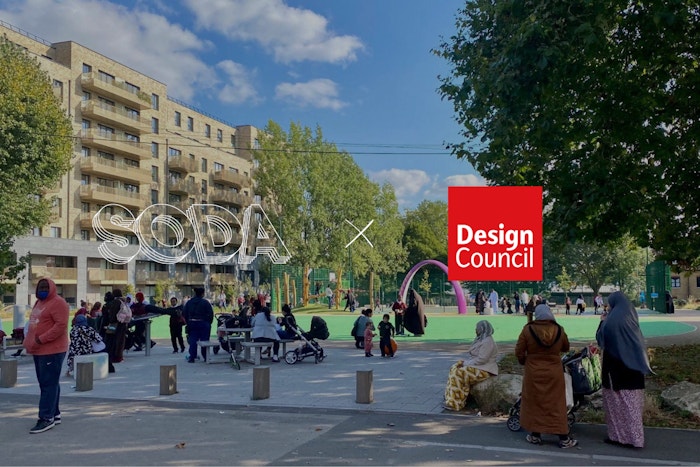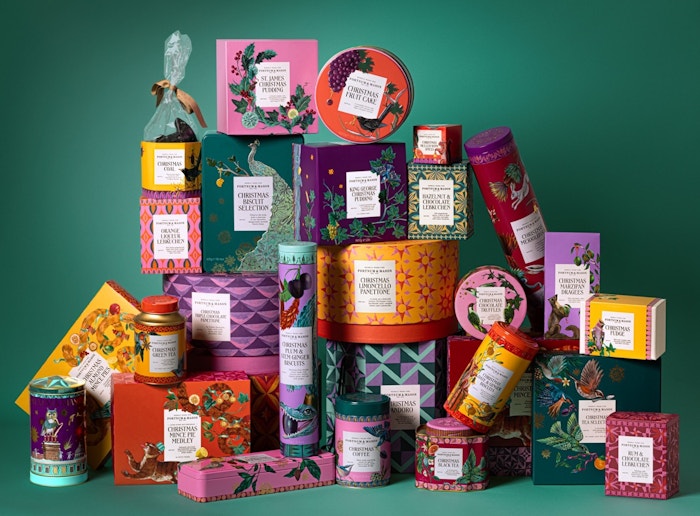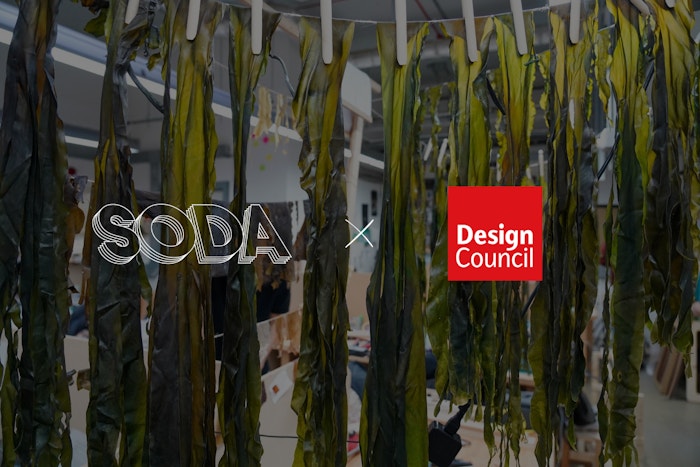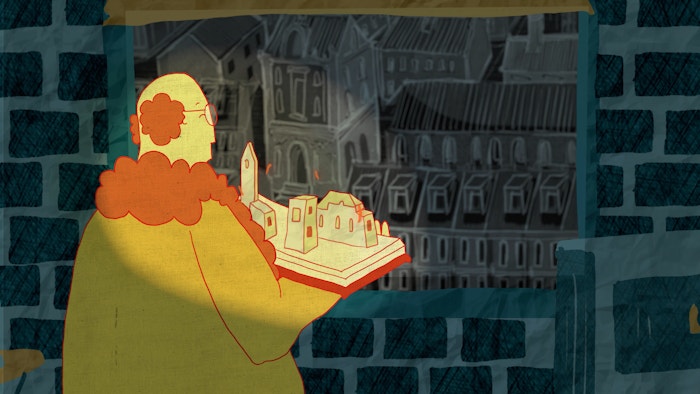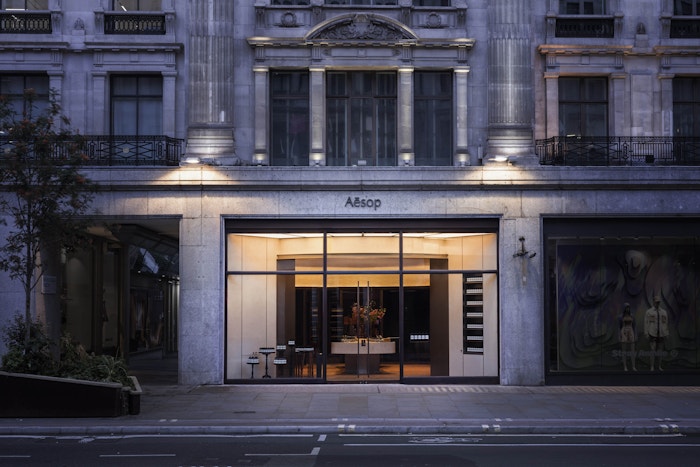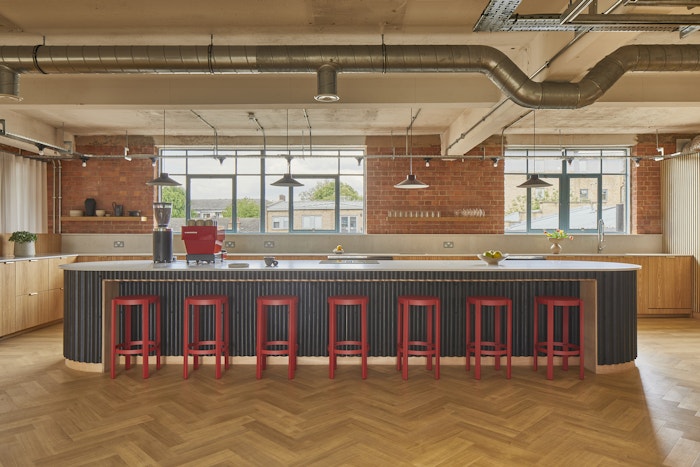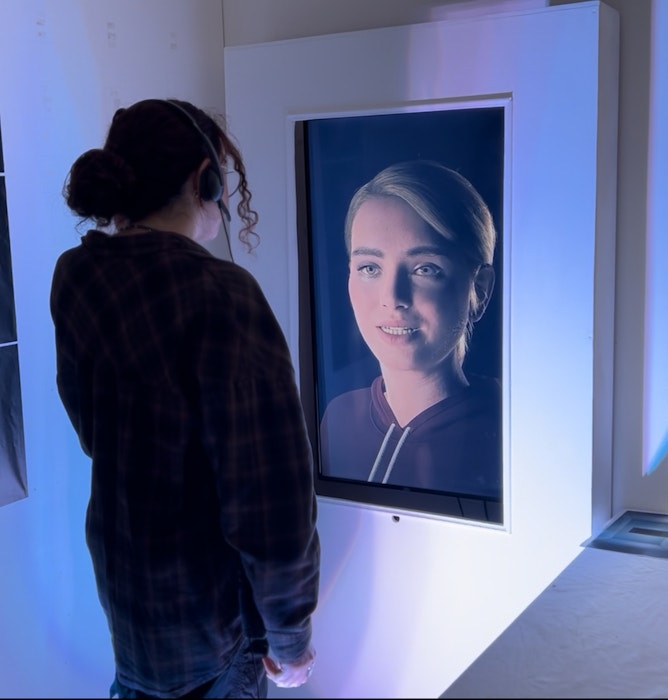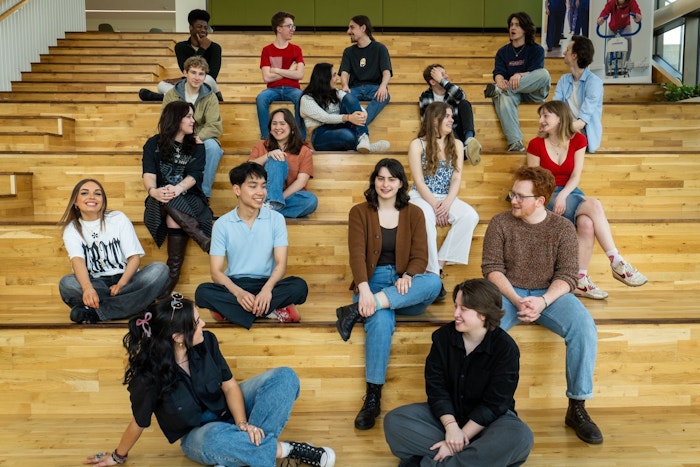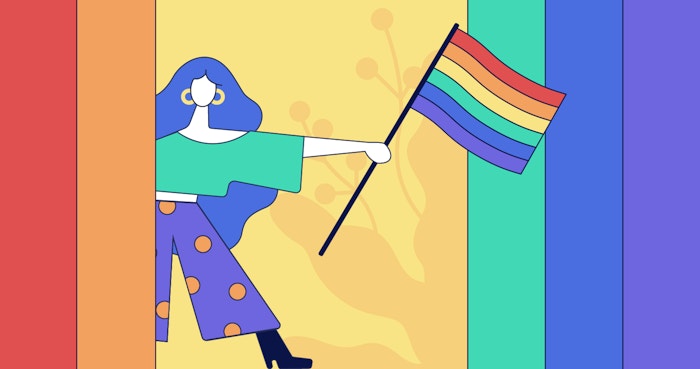
12 Sep 2017
The Old Fashioned Way
Drew Millward likes to draw ‘the old fashioned way’, using pencils, pens and his love for the craft of illustration. His website proudly bears the subheading, "Custom Hand Drawn Illustration For The Modern World". While he uses digital technology to speed up his process, it’s his rule never to draw anything that he couldn’t replicate by hand. He was born in Coventry, studied in Leeds and now lives in a quarry in the Aire Valley where he enjoys creating work for an ever growing international client base.
How did your interest in and appreciation of hand-drawn illustration begin?
A lot of my early influences were really rooted in the hand drawn aesthetic seen in Sendak, Small Films and Scary. Over the past few years I've realised how much of an impact those early influences have had on me. When I started making work myself, it was simply through necessity that it took the form of hand-drawn work. Initially I started making posters for gigs I was putting on with my friends, so they went from a hand drawn image, straight into a photocopier, a lot of the time.
Where do you think the balance should be between drawing by hand and using digital tools?
Digital technology is a brilliant tool. It streamlines workflow, it can speed up a process and it can make your life a bit easier, but, like anything else, you only get out of it what you put in. If you can't draw or design without it, no amount of machinery and software is going to solve that. I always liken it to learning to play the piano, and then switching to a synthesiser, you still need those early foundations to build on.
In my work, the two disciplines are reliant on each other. Although I draw more and more using my Cintiq, I can't ever really escape from starting with a pencil and some paper and I try not to do anything digitally that I couldn't replicate by hand.

‘Craft’ and ‘authenticity’ have all been buzzwords over the past few years. Might we see a counter-trend where everybody wants digital soon?
It's almost impossible to say. Trends and fashions are fickle. The ebbs and flows that we see happening are usually caused by oversaturation of a particular style. The swing towards 'hand drawn' work was very clearly a reaction to the overuse of digital imagery. For a time, work that was very clearly the product of Adobe Illustrator, or other vector packages, was everywhere. Gleaming, shiny, clean and, when done poorly (and there were some people who used that aesthetic incredibly well), entirely soulless. There is always something to kick against. For a number of years, colleges and universities were churning out graduates who were making work very reminiscent of David Shrigley. I think there is a move slightly away from that, and people are looking toward work that is rooted more in the traditional 'craft' of image making.
Do you feel that clients and companies need to be educated about the benefits of hand-drawn illustration versus digital? Or do people come to you already knowing that they want a hand-drawn illustration in your ‘style’?
I'm not really sure it's the client's job to know about these things, that's why they are hiring an illustrator/artist/designer. It's up to the individual to assess what the final outcome will be, and work with the skills they have to reach the best conclusion. Digital work has become an increasingly large part of my process, but I use it to speed up my work process, not to create things that I couldn’t otherwise create by hand.

Why will hand drawn illustration always have a place in the world, no matter how technology develops?
Because you never have to backup a sketch book, a pencil will never run out of batteries and you can always carry both of those things with you at all times.
- Drew was Interviewed by Alex Mills
- https://www.drewmillward.com - See more of Drew's brilliant work here ...









